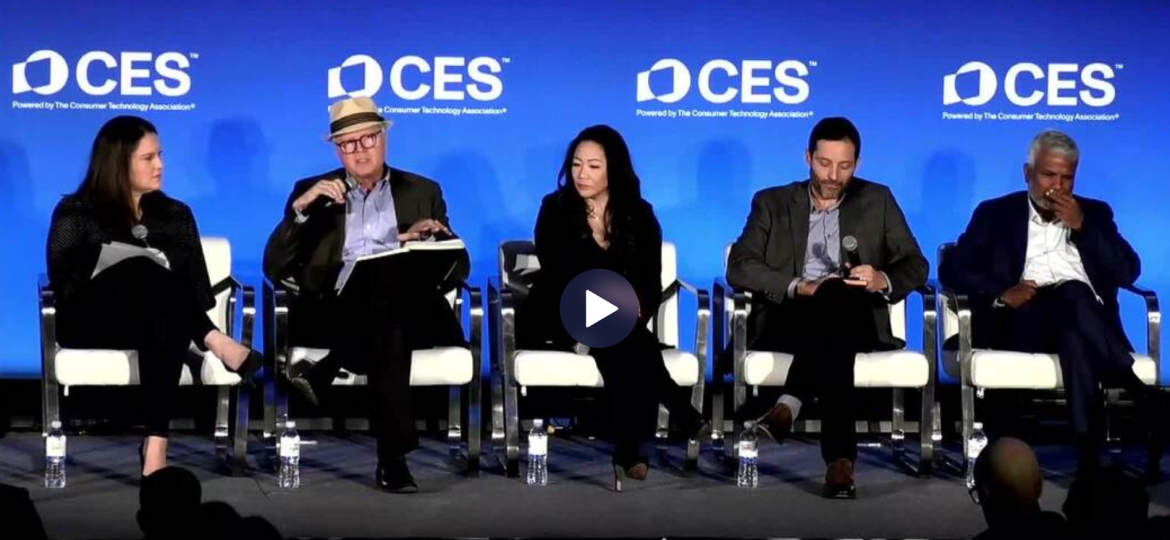Key Takeaways:
-
Quantum leaders are building strong balance sheets: IonQ, D-Wave, Rigetti, and QCi have raised significant capital, with cash positions ranging from hundreds of millions to over $1.6 billion.
-
Revenue is climbing, but profitability remains distant: IonQ delivered $20.7M in quarterly revenue (+82% YoY), while peers showed smaller growth or declines, all posting continued net losses
- Valuations reflect future potential, not present earnings: IonQ and Rigetti now trade at multi-billion-dollar market caps with price-to-sales ratios far above traditional tech benchmarks.
Q2 Signals a Turning Point for Quantum
The Q2 2025 earnings season for quantum computing companies brought more than just financial updates—it signaled a sector entering a new phase of maturity. Leaders in quantum hardware, software, and cybersecurity are not only sharpening their technology but also strengthening their balance sheets. Strategic capital raises, high-value partnerships, and early commercial wins have swelled cash reserves, giving these companies the runway to accelerate toward large-scale deployment. What was once a niche, experimental corner of tech is now advancing with the confidence—and capitalization—of an industry on the brink of transformation.
Take a look at the overview of recent earnings developments for IonQ (IONQ), D-Wave (QBTS), Rigetti (RGTI), and Quantum Computing Inc. (QUBT) based on the latest reports and investor reactions:
1. IonQ (IONQ)
Financial Highlights
- Revenue: $20.69 million, up 81.6% year-over-year, surpassing expectations (analysts estimated $17.23 million) MarketBeatAInvest.
- EPS: ($0.70) per share, significantly below the consensus of ($0.13), a miss of $0.57 MarketBeat.
- Cash Position: $656.8 million as of June 30, 2025, and $1.6 billion pro forma as of July 9, 2025. The balance increased due to the $1.0 billion equity financing. investors.ionq
IonQ’s market capitalization stands at roughly $11.8 billion as of August 2025, translating to a price-to-sales multiple of about 50x based on its trailing twelve-month revenue. While high by traditional tech standards, this valuation reflects investor confidence in IonQ’s leadership position, accelerating revenue growth, and robust liquidity following its landmark $1 billion equity raise. For comparison, Rigetti trades at under 10x sales, underscoring the valuation premium IonQ commands as a perceived frontrunner in trapped-ion quantum systems.
While operating losses remain steep, IonQ’s trajectory compared to a year ago signals significant advancement: higher revenues, a vastly stronger balance sheet, and expanded strategic capacity following acquisitions like Oxford Ionics and Lightsynq. Investor sentiment hinges less on current profitability and more on the company’s ability to deliver on its roadmap to commercial-scale quantum advantage. In this sense, IonQ is valued not just as a growth story but as a potential first mover in unlocking quantum computing’s trillion-dollar opportunity.
2. D-Wave Quantum (QBTS)
Financial Highlights
- Revenue: $3.1 million Q2 reported a 42% year-over-year increase in revenue and gross profit D-Wave Quantum.
- EPS: Substantially missed expectations—EPS around ($0.55) vs. estimates near ($0.06) StockInvestSeeking Alpha.
- Cash Position: record cash reserves at $819 million as of June 30, 2025 D-Wave Quantum.
D-Wave Quantum (QBTS) entered Q2 2025 with notable operational progress, highlighted by the launch of its sixth-generation Advantage2 system and steady expansion of commercial use cases. On the earnings call, management emphasized accelerating R&D investment, pursuing selective M&A opportunities, and building enterprise adoption, while also reinforcing momentum in international collaborations such as its MOU with South Korea. Despite these strong fundamentals and record cash reserves, the stock slipped as investors reacted to ongoing financial concerns.
Compared to Q2 2024, however, D-Wave’s results show clear signs of operational maturation. Revenue and gross profit have grown meaningfully year-over-year, and the company’s fortified balance sheet—combined with an expanding commercial footprint—underscores its increasing resilience and readiness for scaled deployments. This positions D-Wave as one of the few quantum players demonstrating both technological and commercial traction simultaneously, even as short-term volatility persists. The large net loss is mainly due to $142 M of non‑cash warrant‑related charges, as noted in D‑Wave’s filings.
3. Rigetti Computing (RGTI)
Financial Highlights
- Revenue: $1.8 million in Q2 2025, missing expectations (~$1.87 million), and down 41% year-over-year InvestorsGlobeNewswire.
- EPS: $0.13 loss per share versus a 7-cent loss a year earlier.
- Cash Position: $571.6M in cash, cash equivalents, and investments; completed ~$350M equity raise via ATM/common stock sale; no debt.
Rigetti Computing (RGTI) reported a net loss of $39.7 million in Q2 2025, with operating expenses of $19.9 million. A significant portion of the loss—$22.8 million—stemmed from non-cash warrant-related adjustments, underscoring the impact of financial structuring on results rather than purely operational spending. On the earnings call, leadership struck a bullish tone, pointing to Rigetti’s chiplet scaling strategy and efforts to develop high-fidelity modular systems as the cornerstones of its long-term commercialization path. The company also highlighted new and expanding partnerships, including a collaboration with Quanta, which signals validation from industry peers and confidence in its roadmap.
Compared to Q2 2024, Rigetti’s story reflects a shift from survival mode toward measured technological advancement backed by stronger liquidity. While revenue declined year-over-year, the company’s $571M cash position and focus on scalable architecture show tangible progress relative to its smaller-scale operations last year. Rigetti’s ability to attract strategic partners while advancing chiplet design suggests that, despite short-term revenue pressure, it remains firmly positioned in the race toward practical, commercial quantum systems.
Quantum Computing Inc. (QUBT)
Financial Highlights
- Revenue: Approximately $61,000, down ~67% year-over-year from $183,000 in Q2 2024. InvestorsAInvestStock Titan
- EPS: Loss of $0.26 per share, significantly worse than the prior year’s $0.06 loss, and substantially below analyst expectations of a $0.06 loss. InvestorsInvesting.com+1Investing.com+1
- Cash Position: Raised $188 million via a private placement in Q2, boosting total cash and equivalents to $348.8 million as of June 30, 2025. InvestorsStock Titan+1Stock Titan+1
Quantum Computing Inc. (QUBT) reported Q2 2025 operating expenses of $10.2 million, nearly double last year’s $5.3 million, with much of the increase driven by $28.1 million in warrant mark-to-market adjustments tied to the QPhoton merger (Stock Titan). Operationally, the company marked a major milestone by launching its active photonic chip foundry in Tempe, Arizona, designed to scale thin-film lithium niobate (TFLN) quantum photonic chips. Early commercialization was also highlighted, with initial shipments to NASA, a top global automaker, a leading U.S. bank, and academic partners, signaling the first wave of tangible adoption.
On the earnings call, management underscored the foundry as a strategic enabler for scaling production and reiterated early traction in sensing, cybersecurity, and AI markets, while acknowledging that financial volatility will persist in the near term (Barron’s). Compared to Q2 2024, QUBT’s steep revenue decline reflects ongoing growing pains, but its expanded production capabilities, marquee customer orders, and strengthened cash reserves—supported by Russell 3000 and 2000 index inclusion—indicate substantial progress. The company now has a firmer foundation from which to pursue broader commercialization, positioning it ahead of where it stood just a year ago.
Quantum’s Next Chapter: From Prototypes to Commercial Scale
Taken together, the Q2 results signal a clear evolution in the quantum industry’s trajectory. A year ago, many of these companies were still proving their concepts; now, they are deploying systems, landing marquee clients, and securing nine-figure funding rounds. The consensus is hard to miss: quantum leaders are stronger, better capitalized, and further along the commercialization curve than at any point in their history. While volatility remains, the growing financial resilience and operational momentum suggest that the next wave of quantum breakthroughs will be met not just with technical capability, but with the resources to scale them globally. For investors and industry watchers alike, this quarter confirms that the quantum era is accelerating—fast.
The current high P/S ratios and market caps reflect investor expectations rather than current profitability, and note that these metrics can fluctuate significantly with small revenue bases.





![Video-Thumbnail-Template-[CLEAN-3.29.25]-copy-(41)](https://thequantumbull.com/wp-content/uploads/2025/07/Video-Thumbnail-Template-CLEAN-3.29.25-copy-41-thegem-product-justified-square-xl.jpg)




